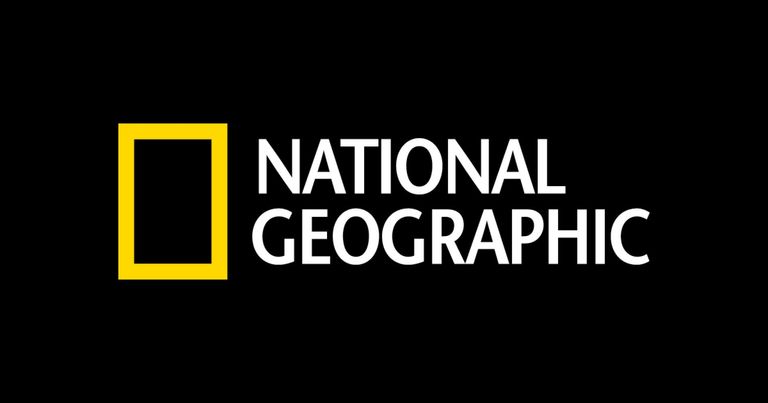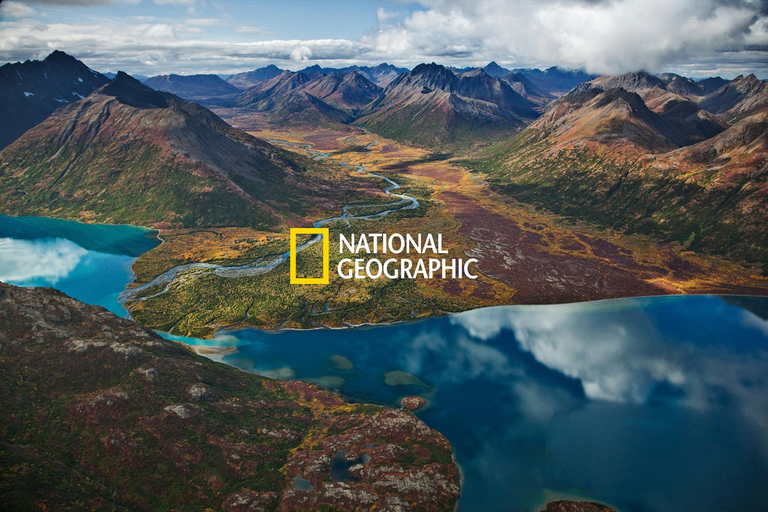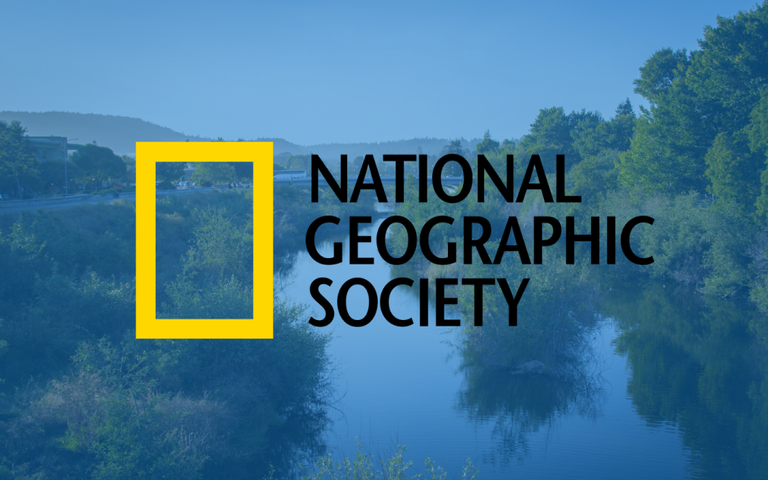
725 million dollars was the sum paid by Australian tycoon Rupert Murdoch to own a majority stake in one of the world's most famous environmental magazines. With this purchase, an era came to an end. For the first time in 127 years of circulation, National Geographic can no longer claim to be a non-profit organisation.
What is ironic is that Murdoch is openly one of the biggest sceptics of the existence of climate change and now owns one of the magazines that, in recent years, has covered the impacts of climate change extensively (see National Geographic's section on climate change here).
Murdoch now owns 73 per cent of the shares in the National Geographic Enterprise media group, which includes a television group and the magazine. The television channel, which can be seen in 171 countries, was created in 1997 when Fox teamed up with National Geographic to create it. To make the acquisition, the entrepreneur used his audiovisual conglomerate, 21st Century Fox. The remaining 27 percent of the shares belong to the National Geographic Society.
The magazine has a history of ambitious reporting, investigative science journalism and cultural discovery. Fans of the publication are concerned that the magazine will be treated in the same way as Fox, which, according to a study by the Union of Scientists, has broadcast 72 per cent of its climate change programmes since being bought by Murdoch as misleading.
To avoid conflicts of interest, the National Geographic Partnership, the name of the group now that it has been bought by Murdoch, has hired Declan Moore, head of communications for the Union of Scientists, as its director.
Murdoch's aim is to consolidate its expansion, especially in the digital market by controlling one of the most prestigious media in the world.
The decline of National Geographic: the elite science club that Fox has finally ruined.

The iconic magazine has laid off its last permanent editors in the US and by 2024 will only be sold by subscription in the US.
She appeared on the cover of the June 1985 magazine. A girl with piercing eyes and a wild look expressed to the world, without opening her mouth, the horrors of the war between the Soviet-backed troops in Afghanistan and the mujahideen insurgents. The author of the image, photographer Steve McCurry, had travelled to the Nasir Bagh refugee camp in Pakistan, where he found the girl whom he turned into one of the greatest icons of photojournalism in history. Years later she was found living in a remote village in Afghanistan, totally oblivious to her fame. Her name was Sharbat Gula and a couple of years ago, after the Taliban took over Kabul, she found refuge in Italy.
The ‘National Geographic girl’ catapulted Steve McCurry to fame, enabled the magazine to multiply its copy sales and influenced world public opinion about a conflict that was still raging. It was the glory days, when such a concatenation of events was still possible. In the United States alone, the magazine had 12 million subscribers at the time, and just as many around the world. Now, despite the fact that it has remained a symbol for many, and despite the 1.8 million subscribers it retains in that country, its management has completed a plan to lay off the last remaining editors at its headquarters in the United States, where it will cease to be sold on newsstands as of next year.
It is the twilight of a project born in the 19th century. Specifically in 1888, when the National Geographic Society, a select club of geographers, archaeologists and scientists, decided to start publishing a magazine with which to expand knowledge beyond their professorships. The non-profit society's second president was Alexander Graham Bell, the engineer who had patented the telephone, who succeeded his uncle when he died. The spectacular photographs, accompanied by great stories, allowed the whimsy of these late 19th century gentlemen with pipes to become big business for much of the 20th century.

725 millones de dólares fue la suma que pagó el magnate australiano Rupert Murdoch para tener la mayoría de acciones de una de las revistas ambientales más famosas del mundo. Con esta compra finalizó una era. Por primera vez en 127 años de circulación National Geographic ya no puede decir que es una organización sin ánimo de lucro.
Lo que resulta irónico es que Murdoch es abiertamente uno de los mayores escépticos frente a la existencia del cambio climático y ahora es el dueño de una de las revistas que, en los últimos años, ha cubierto los impactos de este fenómeno con amplitud (vea aquí la sección de National Geographic dedicada al cambio climático).
Murdoch ahora tiene en sus manos el 73 por ciento de las acciones del grupo mediático National Geographic Enterprise que incluye un grupo televisivo y la revista. El canal televisivo, que puede ser visto en 171 países, se creó en 1997 cuando la Fox se alió con National Geographic para crearlo. Para hacer la adquisición el empresario usó su conglomerado audiovisual, 21st Century Fox. El 27 por ciento restante de las acciones le pertenece a la National Geographic Society (Sociedad National Geographic en español).
La revista tiene una historia hecha por reportajes ambiciosos, investigaciones periodísticas científicas y descubrimientos culturales. Los fans de la publicación están preocupados porque temen que a este medio de comunicación le pase lo mismo que a Fox, canal televisivo que, según un estudio de la Unión de Científicos, desde que fue comprado por Murdoch emitió programas sobre cambio climático que, en un 72 por ciento, pueden ser calificados como engañosos.
Para evitar conflictos de interés la National Geographic Partenrship, nombre que tendrá el grupo ahora que fue comprado por Murdoch, contrató a Declan Moore, jefe de comunicaciones de la Unión científica, como directora.
El objetivo de Murdoch es afianzar su expansión, sobre todo en el mercado digital al controlar uno de los medios más prestigiosos del mundo.
El ocaso de National Geographic: el club de la élite científica que la Fox ha terminado de arruinar.

La icónica revista ha despedido a sus últimos redactores fijos en Estados Unidos y en 2024 sólo se venderá por suscripción en ese país.
Apareció en la portada de la revista de junio de 1985. Una niña de ojos penetrantes y mirada salvaje le expresaba al mundo, sin necesidad de abrir la boca, los horrores de la guerra entre las tropas de Afganistán -apoyadas por la Unión Soviética- y los insurgentes muyahidines. El autor de la imagen, el fotógrafo Steve McCurry, se había desplazado hasta el campo de refugiados de Nasir Bagh, en Pakistán, donde encontró a la chica a la que convirtió en uno de los mayores iconos del fotoperiodismo de la historia. Años más tarde la encontraron viviendo en una aldea remota de Afganistán, totalmente ajena a su fama. Se llamaba Sharbat Gula y hace un par de años, tras la toma de Kabul por parte de los talibanes, encontró refugio en Italia.
La ‘niña de la National Geographic’ catapultó a la fama a Steve McCurry, permitió a la revista multiplicar la venta de sus ejemplares e influyó en la opinión pública mundial sobre un conflicto que aún estaba en marcha. Era la época gloriosa, cuando esta concatenación de hechos todavía era posible. Sólo en Estados Unidos la revista tenía entonces 12 millones de suscriptores, y otros tantos repartidos por el resto del mundo. Ahora, pese a que no ha dejado de ser un símbolo para muchos y a los 1,8 millones de abonados que conserva en aquel país, su ejecutiva ha completado un plan para despedir a los últimos redactores que quedaban en plantilla en su sede de Estados Unidos, donde dejará de venderse en los quioscos a partir del año que viene.
Es el ocaso de un proyecto nacido en el siglo XIX. Concretamente en 1888, cuando la National Geographic Society, un selecto club de geógrafos, arqueólogos y científicos, decidieron comenzar a publicar una revista con la que expandir el conocimiento más allá de sus cátedras. La sociedad, sin ánimo de lucro, tuvo como segundo presidente a Alexander Graham Bell, el ingeniero que había patentado el teléfono, que sucedió a su tío en el cargo cuando éste falleció. Las espectaculares fotografías, acompañadas de grandes historias, permitieron que el capricho de esos señores con pipa de finales del XIX se convirtiera en un gran negocio durante buena parte del siglo XX.
Source images / Fuente imágenes: NGS.


El presente artículo puede haber sido publicado parcial o totalmente en algunos de mis blogs.
This article may have been published in part or in full on one of my blogs.
Mis Blogs y Sitios Web / My Blogs & Websites:
- La Cucina di Susana.
- Cucinando con Susana
- El Mundo de los Postres
- Crónicas de Un Mundo en Conflicto.

Upvoted. Thank You for sending some of your rewards to @null. Get more BLURT:
@ mariuszkarowski/how-to-get-automatic-upvote-from-my-accounts@ blurtbooster/blurt-booster-introduction-rules-and-guidelines-1699999662965@ nalexadre/blurt-nexus-creating-an-affiliate-account-1700008765859@ kryptodenno - win BLURT POWER delegationNote: This bot will not vote on AI-generated content
Thanks!!